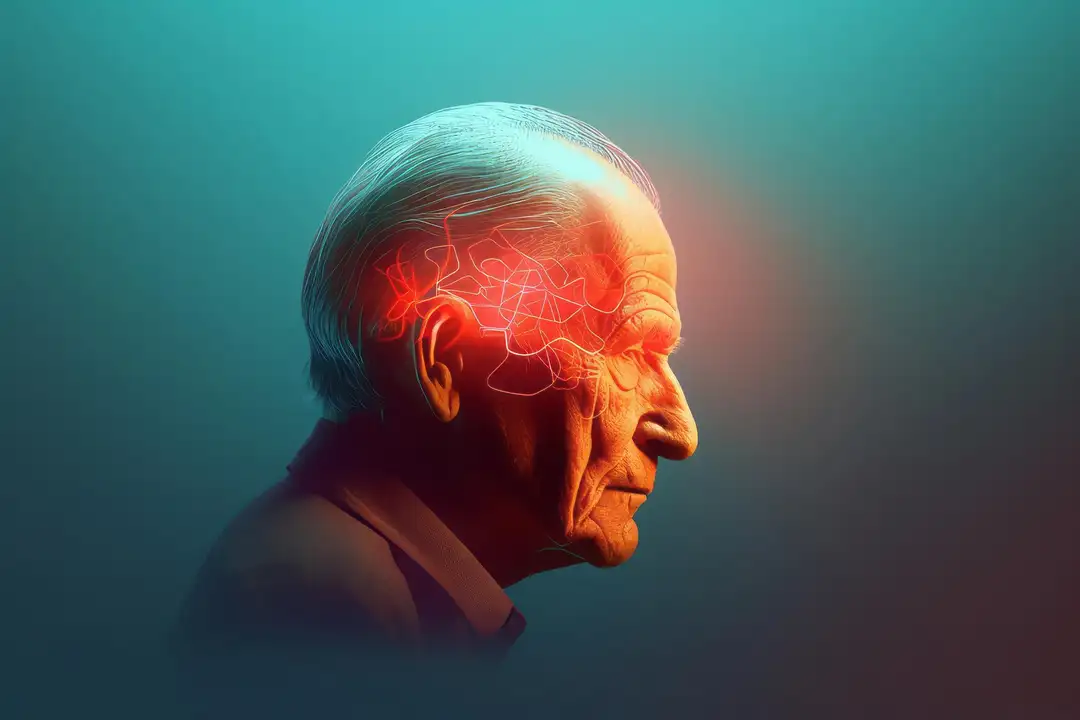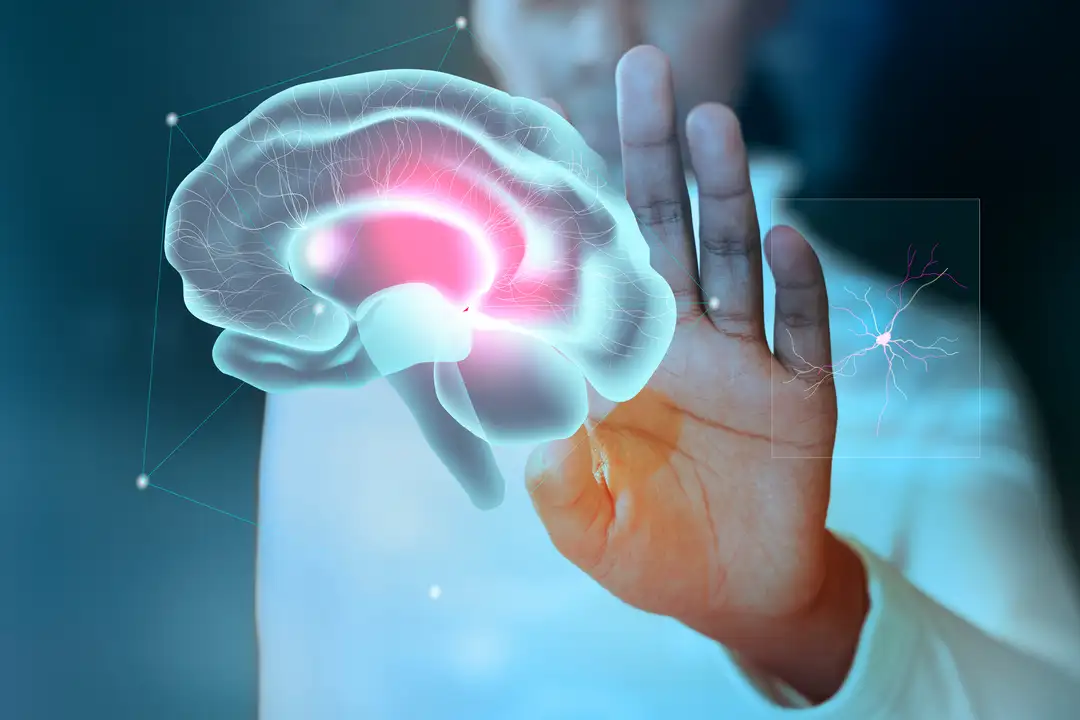Severe euglycemic ketoacidosis after GLP-1 receptor agonist and SGLT-2 inhibitor combination: a clinical warning
Case report describes early-onset, treatment-resistant euglycemic ketoacidosis after combined semaglutide and dapagliflozin therapy in a newly diagnosed type 2 diabetic patient.

A case report published in Frontiers in Endocrinology (October 2025) by Gandecka-Pempera et al. highlights a rare but severe complication of combined GLP-1 receptor agonist (GLP-1 RA) and SGLT-2 inhibitor (SGLT-2i) therapy — euglycemic diabetic ketoacidosis (euDKA) refractory to standard management.
The case involved a 36-year-old man with newly diagnosed type 2 diabetes mellitus (T2DM), obesity (BMI 32.6 kg/m²), hypertension, and hypertriglyceridemia. Initial HbA1c was 11.6%, and autoimmune antibodies were negative. The patient began semaglutide (0.25 mg/week) and dapagliflozin (10 mg/day) in addition to insulin lispro and metformin. Two days after the first semaglutide dose, he developed persistent nausea and vomiting but continued oral medications while suspending prandial insulin. Six days later, he presented to the emergency department with severe metabolic acidosis (pH 7.06; HCO₃⁻ 7 mmol/L; ketones 5.1 mmol/L) and normal glycemia (182 mg/dL) — diagnostic of euglycemic DKA.
Despite standard therapy with intravenous fluids, glucose, potassium, and insulin infusion, acidosis persisted for 24 hours (pH 7.09; HCO₃⁻ 6.6 mmol/L). The patient required continuous veno-venous hemodiafiltration (CVVHDF) for 48 hours to correct the metabolic derangement, followed by full recovery. Both GLP-1 RA and SGLT-2i were discontinued permanently.
Mechanistically, the combination therapy likely induced a cascade of metabolic stress:
- GLP-1 RA–related nausea and vomiting led to starvation and decreased insulin intake, promoting lipolysis and ketogenesis.
- SGLT-2 inhibition enhanced glucosuria, reduced plasma glucose, and triggered hyperglucagonemia, further elevating the glucagon-to-insulin ratio and hepatic ketone production.
- Persistent glucosuria, even 10 days post-discontinuation, suggested prolonged SGLT-2i effect or transient renal tubular dysfunction.
This case underscores that combined GLP-1 RA and SGLT-2i therapy can precipitate severe, treatment-resistant euDKA, even in early-stage T2DM without infection or dehydration. The authors recommend staggered initiation of these agents, rather than simultaneous introduction, and stress patient education on ketone monitoring and sick-day insulin management.
In light of rising polytherapy use for metabolic and cardiovascular benefit, clinicians must recognize that euDKA may occur with normal glucose levels and may necessitate renal replacement therapy when unresponsive to conventional protocols.
#EuglycemicDKA #GLP1ReceptorAgonist #SGLT2Inhibitor #Type2Diabetes #ClinicalSafety
Editorial Note
This text was organized with the support of artificial intelligence, but it was critically reviewed and validated by a qualified professional to ensure scientific accuracy and reliability.
Sources
- Gandecka-Pempera A, Naskręt D, Adamska A, Zozulińska-Ziółkiewicz D. Severe euglycemic ketoacidosis following combined therapy with GLP-1 receptor agonist and SGLT-2 inhibitor, refractory to standard treatment: a case report. Front Endocrinol (Lausanne). 2025;16:1649270. doi:10.3389/fendo.2025.1649270.




